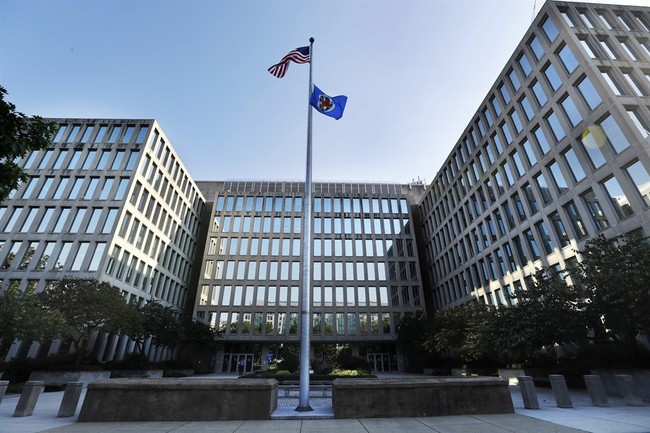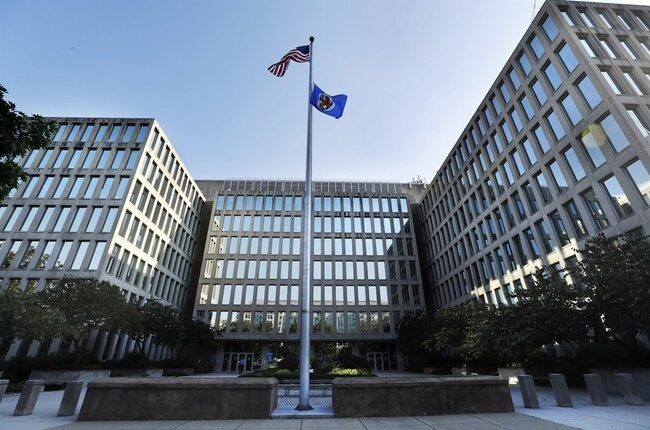
A U.S. District Judge named William Alsup recently issued a ruling that temporarily halts the Office of Personnel Management (OPM) from overseeing the dismissal of probationary employees in different federal agencies. The legal action was brought forward by five labor unions and non-profit groups who contested the legality of these terminations, claiming that OPM had exceeded its jurisdiction.
The Debate Over Federal Workforce Reform
Under the Trump administration’s directive, there has been a concerted effort to downsize the federal workforce, spearheaded by the newly-formed Department of Government Efficiency. This initiative aims to address concerns related to bureaucratic inefficiencies and overspending.
READ MORE: DOGE Will Be Trump’s Centerpiece During His Second Term
Probationary employees, usually individuals who have worked for less than a year, undergo assessments before they can receive full civil service protections.
According to the administration, these dismissals were part of an effort to streamline government operations and ensure that only the most effective employees remain. However, Judge Alsup pushed back, stating that OPM does not have the legal authority to direct agencies to carry out mass firings.
“OPM does not have any authority whatsoever, under any statute in the history of the universe,” Alsup asserted in court, “to hire or fire any employees but its own.”
Government attorneys disputed the unions’ claims, arguing that OPM did not order agencies to fire employees but rather asked agencies to review their probationary staff to determine who was fit for continued employment.
What This Means Moving Forward
The ruling does not automatically reinstate fired employees, nor does it block future firings altogether. Instead, it sends a warning to federal agencies about how they interpret OPM’s directives. Alsup appears to have been concerned with a report of a phone call in which OPM told other agencies to make the cuts.
“The agencies could thumb their noses at OPM if they wanted to if it’s guidance, but if it’s an order, or cast as an order, the agencies may think they have to comply,” he said.
The case is just one of several in the ongoing battle over federal employment policy and fiscal policy, with the Trump administration pushing for greater accountability and efficiency, while labor unions and some federal employees argue that such moves unfairly target workers.
The Supreme Court is already getting involved, recently putting a hold on an order forcing the Trump administration to pay out foreign aid money to the tune of $2 billion. That order appeared to be so egregious that Chief Justice John Roberts felt compelled to step up.
READ MORE: SCOTUS Halts Court Order Forcing Trump Admin to Pay $2 Billion in Foreign Aid
With an evidentiary hearing set for March 13, this case could set the stage for further legal battles over the scope of executive authority in managing the federal workforce.
For now, agencies will have to navigate these employment changes carefully, as the courts weigh the legal boundaries of federal hiring and firing authority.
















